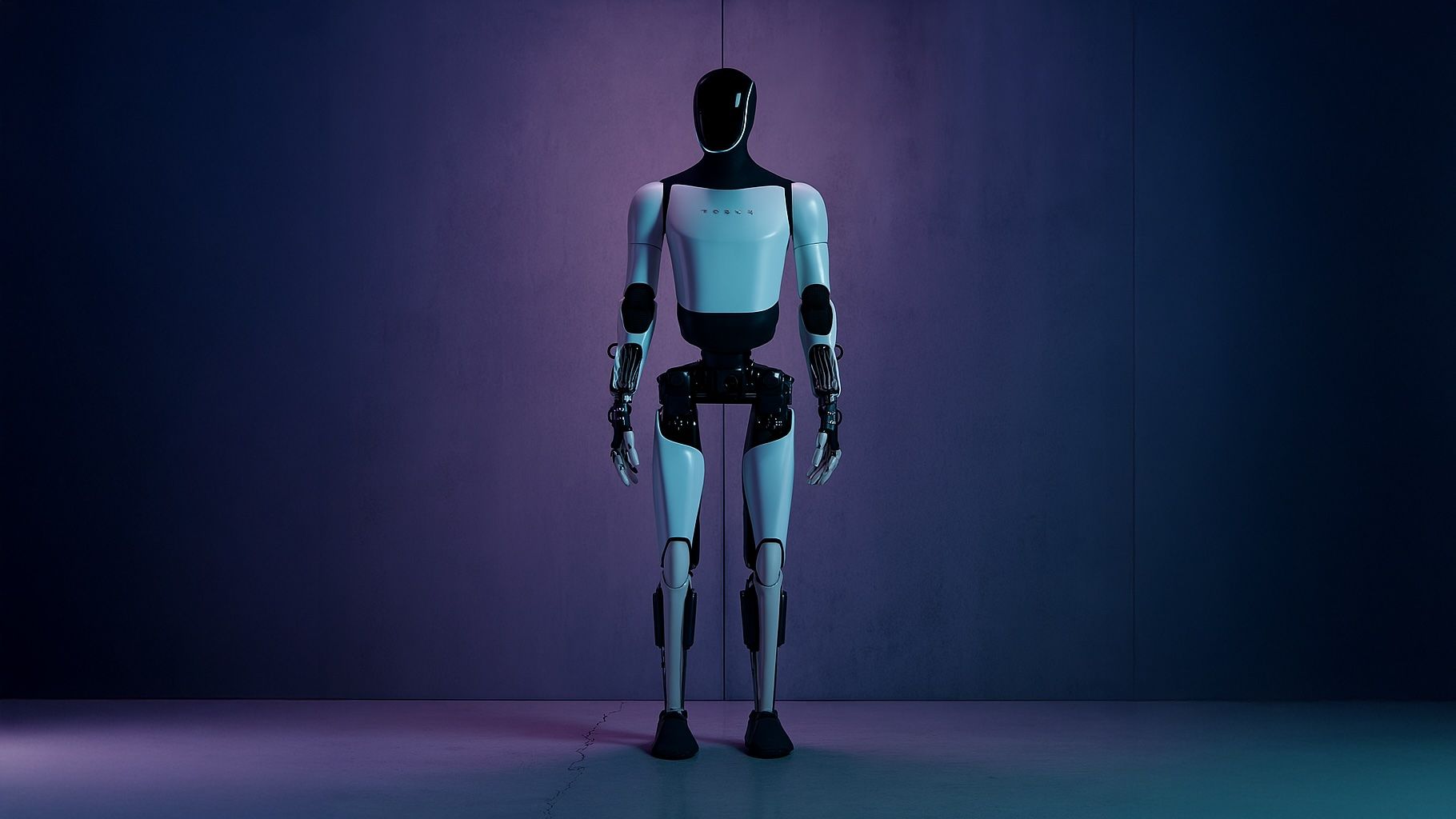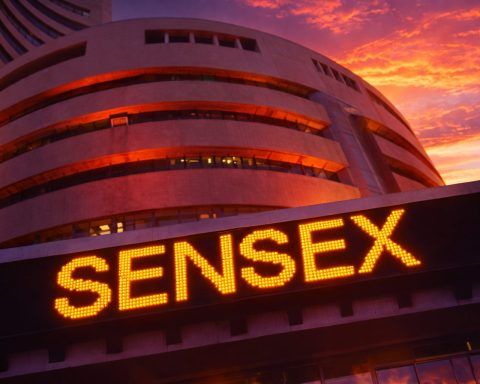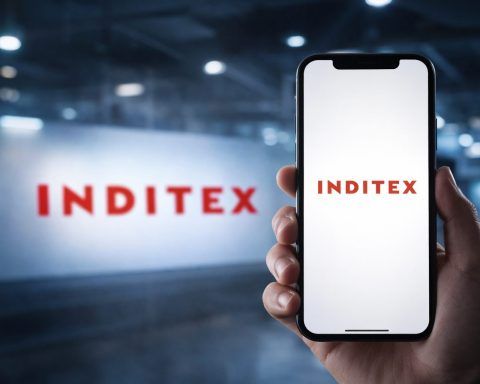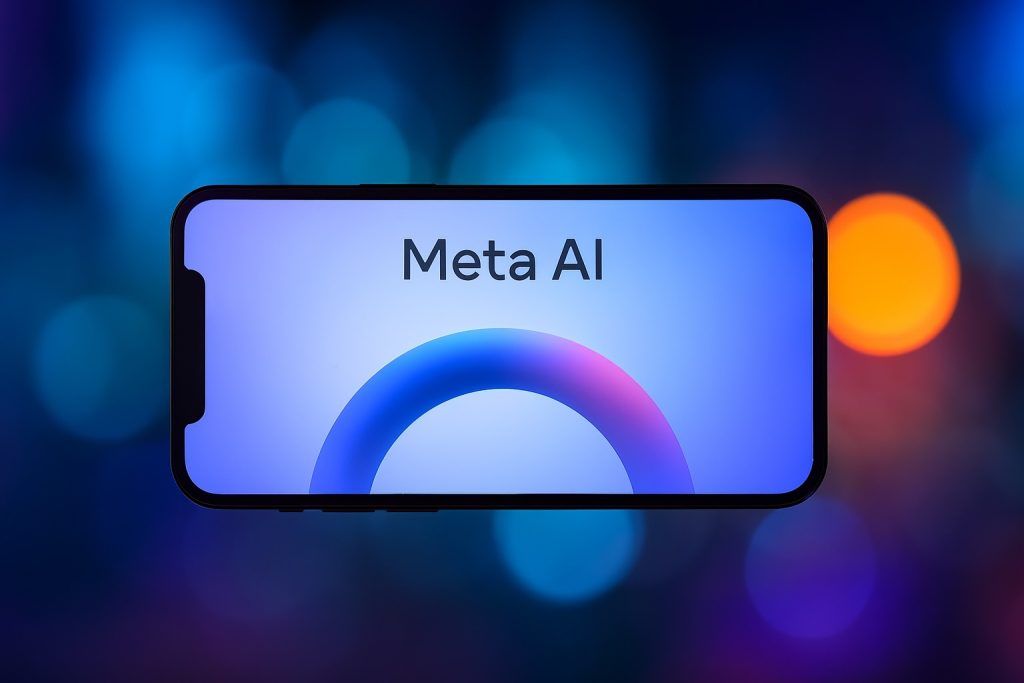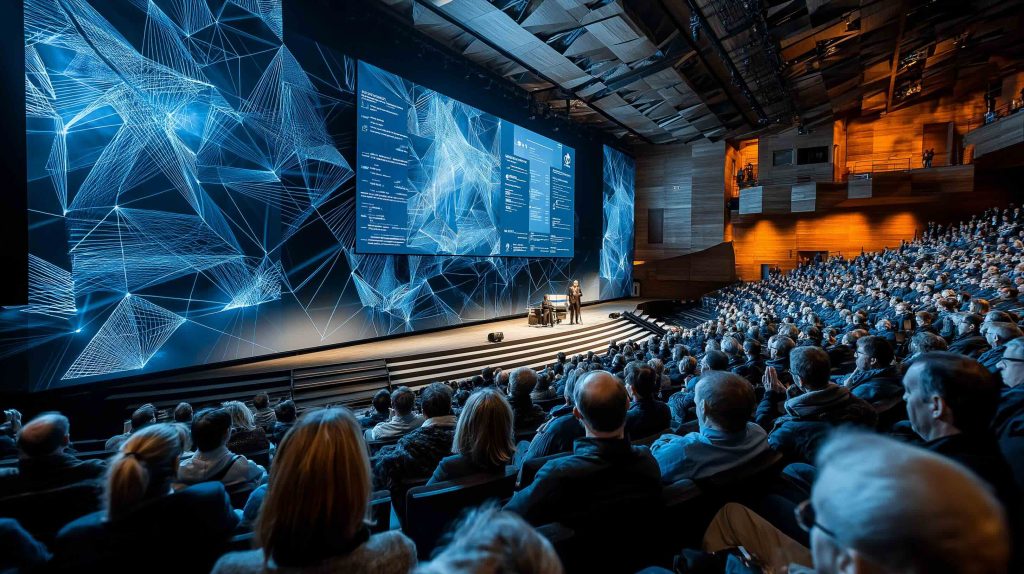- In June, Milan Kovac, the senior VP heading Tesla’s Optimus program, left the company, leaving the project reportedly “in disarray”.
- Tesla paused parts orders for about two months to implement a major redesign after finding the current Optimus prototype isn’t very useful in factory tasks.
- Elon Musk had initially targeted 5,000–10,000 Optimus robots in 2025, but that goal is now delayed.
- Ashok Elluswamy, Tesla’s Autopilot chief, was appointed to take over the Optimus robot program.
- Key hardware issues include overheating actuators in joint motors, weak payload in the robot’s dexterous hands, premature wear in transmission components, and limited battery life.
- Tesla had procured parts for over 1,000 Optimus units and built many, but the bots are reportedly used mainly to lug batteries around workshops at less than half the efficiency of human workers.
- The redesign and fixes are expected to push back Musk’s timeline by at least two months, with a revamped Optimus perhaps unveiled later this year (potentially at the annual shareholder meeting).
- On July 19, an Optimus prototype served popcorn to customers at the Los Angeles Tesla Diner and Supercharger, handing bags to local first responders.
- In mid-July, Tesla began rolling out Grok, the in-car AI from xAI, with all newly delivered Teslas pre-installed and Optimus V3 using Grok for speech and dialog.
- Neuralink’s Summer 2025 update showcased a paralyzed participant named Alex using a Neuralink implant nicknamed Telepathy to move a robotic arm and write, and Neuralink has demonstrated connecting brain signals to an Optimus hand in collaboration with Tesla.
Optimus Program Hits Snags: Executive Exodus and Production Delays
Tesla’s humanoid robot initiative, Optimus, encountered turbulence this month. In June, Milan Kovac – the senior VP heading the Optimus program – left the company, leaving the project reportedly “in disarray” Electrek. Tesla has paused parts orders for about two months to implement a major redesign, after finding the current Optimus prototype still isn’t very useful in its factory tasks Electrek. Elon Musk had initially targeted 5,000–10,000 Optimus robots in 2025 Electrek, but that goal is now delayed. Musk recently boasted on social media that a new version of Optimus has “significant improvements” – including voice interaction powered by Grok (the AI from his xAI startup) Electrek – yet internal reports reveal many technical hurdles remain.
Tesla quickly appointed Ashok Elluswamy (Tesla’s Autopilot chief) to take over the robot program Electrek. Under the hood, engineers are grappling with fundamental hardware issues. According to supplier reports, key problems plaguing Optimus include:
- Overheating actuators in some of the robot’s joint motors
- Weak payload capacity in the robot’s “dexterous” hands
- Premature wear in transmission components (short lifespan)
- Limited battery life, constraining operating time Electrek
Tesla is testing multiple new hand designs and leaning on extra synthetic data to train Optimus’s AI, hoping to boost its autonomous skills Electrek. Notably, Tesla had already procured parts for over 1,000 Optimus units and built quite a few, but so far they’re reportedly only being used to lug batteries around workshops – at less than half the efficiency of human workers Electrek. The redesign and fixes are expected to push back Musk’s ambitious timeline by at least two months Electrek. Even so, the company isn’t giving up. Insiders say Tesla will forge ahead and likely unveil a revamped Optimus later this year (potentially at the annual shareholder meeting) to show the project’s progress Electrek.
Optimus Goes Live at Tesla Diner: Popcorn-Serving Debut
Amid the behind-the-scenes woes, Tesla’s robot made a splashy public debut – serving popcorn to customers at a California diner. On July 19, an Optimus prototype was showcased at the soft opening of the new Tesla Diner and Supercharger in Los Angeles, handing out bags of popcorn to local first responders Jfeed. Video clips on social media captured the humanoid robot politely filling a popcorn bag (with two precise scoops) and cheerfully delivering it – complete with a thumbs-up – to a surprised guest Indiatoday. Elon Musk himself posted the footage, declaring, “This will become normal in a few years.” Indiatoday The crowd at the event was delighted by this sci-fi spectacle, and Musk touted it as a small taste of a future where robot helpers are part of everyday life.
However, the popcorn stunt also raised questions. Attendees noted Optimus seemed responsive to prompts, but Tesla has not confirmed whether the bot was operating autonomously or being teleoperated behind the scenes Jfeed. Given that some past Tesla robot demos were secretly human-controlled, a number of observers on X (Twitter) remained skeptical about how much of the performance was “real” Jfeed. Still, the demonstration aligns with Musk’s grand vision of Optimus as a versatile servant. He’s frequently described the Optimus bot as a “general-purpose companion” that can “do anything,” predicting that in the near future these robots will “walk right up to you and serve drinks” – and even handle chores like walking your dog, mowing the lawn, or babysitting the kids Indiatoday.
It’s clear that Musk is intent on turning those robo-butler fantasies into reality, even if the road has been bumpy. (The Optimus project, first announced in 2021, is running behind its initial schedule – Musk now eyes limited production in 2025 and hopes for commercial sales by 2026 Indiatoday.) The popcorn-serving Optimus may have been a simple party trick, but it symbolized a milestone: Tesla’s robot is stepping out of the lab and into the real world, one snack at a time.
xAI’s Grok AI Rolls Out in Teslas and Finds Its Voice in Optimus
Musk’s AI endeavors converged with Tesla in a big way this month. In mid-July, Tesla began rolling out a new in-car AI assistant called Grok, which was developed by Musk’s AI startup xAI Teslarati. As of July 12, all newly delivered Teslas come pre-installed with Grok AI Teslarati, and many existing models can get it via software update (so long as they have the latest infotainment hardware). This hands-free “conversational AI” lets drivers ask questions or chat with the car in natural language. Drivers can even choose Grok’s personality mode – from a helpful “Storyteller” persona to an edgier “Unhinged” mode for humor Teslarati. (In fact, Tesla showed off a tongue-in-cheek demo of Grok’s “Unhinged” mode joking about what it would do on a date with the Optimus robot – prompting the official Optimus Twitter account to respond in mock disbelief Teslarati.) While Grok is still in beta and, for now, cannot control vehicle functions (it won’t drive the car or change your AC settings yet), it represents the deepest integration of xAI’s tech into Tesla’s products so far Teslarati.
Importantly, Grok’s reach isn’t limited to car dashboards – it’s also giving Optimus a voice. Elon Musk confirmed that the latest Optimus V3 prototype “already does” use the Grok voice assistant for its speech and dialog Teslarati. In other words, the Tesla Bot can now hold a conversation powered by the same AI brain as the talking Teslas. This could make interactions with the humanoid robot far more natural. Observers note that Optimus will still rely on Tesla’s vision and Autopilot neural networks for its physical tasks, but Grok’s language model adds a user-friendly layer for understanding commands and speaking back Teslarati. Musk has proudly called Grok “the smartest AI in the world,” and he’s wasting no time deploying it across his empire Reuters. From answering driver questions on a road trip to letting a robot butler chatter with you at home, xAI’s tech is quickly becoming an integral part of the Musk ecosystem.
Musk’s xAI Scores Massive Funding and Government Backing
Even as Grok rolls out to consumers, Musk’s xAI is bolstering its war chest and signing on high-profile clients. In a July 12 report, The Wall Street Journal revealed that SpaceX – Musk’s rocket company – has committed a whopping $2 billion investment into xAI as part of a $5 billion funding round Reuters. This huge infusion deepens the ties among Musk’s businesses, effectively valuing the newly merged X (Twitter) + xAI entity at around $113 billion Reuters. The deal underscores Musk’s determination to make xAI a major player in artificial intelligence, to compete head-to-head with the likes of OpenAI. According to the WSJ, xAI’s “Grok” chatbot is now handling customer support for SpaceX’s Starlink satellite service and is even being eyed for future integration into Tesla’s Optimus robots Reuters – a sign that Musk plans to leverage xAI’s tech across all his ventures. (When asked online if Tesla itself might invest in xAI, Musk replied, “It would be great, but subject to board and shareholder approval,” hinting at the possibility down the road Reuters.)
Meanwhile, xAI is also making inroads with the U.S. government. On July 16, the startup announced a new initiative called “Grok For Government,” offering a suite of its frontier AI models and tools tailored for federal and defense use Govconwire. This came just as the Pentagon’s Chief Digital and AI Office (CDAO) awarded xAI a contract (along with three other AI companies) – each contract worth up to $200 million – to develop “agentic” AI systems for various national security missions Govconwire. In effect, the U.S. Department of Defense is now a customer of Musk’s AI venture. The DoD said these partnerships will help bring cutting-edge AI capabilities to critical military and government applications Govconwire. Landing a potential $200M defense deal straight out of the gate is a major victory for xAI, signaling not only massive funding but also strategic validation of its technology. From commercial cars to classified projects, Musk’s AI ambitions are scaling up rapidly on all fronts.
Neuralink’s Brain Chips Enable Mind-Controlled Robots
Another Musk project, Neuralink, is blurring the line between man and machine – with direct implications for robotics. In late June, at Neuralink’s “Summer 2025” update event, the company showed that a person with a brain implant can now control robotic limbs purely by thought. A paralyzed trial participant named Alex (who received Neuralink’s implant, nicknamed “Telepathy”) was able to move a robotic arm and even write using it just by imagining the movements Singjupost. In one demonstration, Alex played a game of rock-paper-scissors using a neurally-controlled robot hand, successfully flexing the mechanical fingers in real time without speaking or moving – essentially thinking “rock” versus “paper” to signal the robot Singjupost.
Neuralink’s engineers didn’t stop there. They announced they have been collaborating with Tesla to connect Neuralink outputs to an Optimus humanoid robot. In fact, Alex’s brain signals were recently used to drive an actual Optimus hand – allowing him to remotely move a Tesla robot’s fingers via thought Singjupost. This proof-of-concept suggests a future where a person with a Neuralink implant could “mentally remote into an Optimus robot,” as Elon Musk put it. Musk took the stage to enthuse about the possibilities: as the implants improve, “you should be able to actually have full-body control and [feel] sensors from an Optimus robot,” essentially inhabiting a robotic avatar in another location Officechai. He quipped that “the future’s gonna be weird, but pretty cool” Officechai. In practical terms, this could mean a wheelchair-bound person might one day walk again by wearing a robot’s body – or control a whole “remote” humanoid to work, travel, or explore places on their behalf.
Musk also highlighted a profound medical application: using Optimus as a high-tech prosthetic. “In the future we’ll be able to attach an Optimus arm or legs [for people who lost limbs],” he said, referencing the scene in Star Wars where Luke Skywalker gets a robotic hand Officechai. Neuralink’s brain interface would feed signals into the bionic limb, effectively restoring the lost capability. In Musk’s words, that kind of cybernetic replacement is “the kind of thing we’ll be able to do… working with Neuralink and Tesla.” Officechai It’s an ambitious vision blending neuroscience and robotics.
While these ideas sound like science fiction, Neuralink’s progress is tangible. The company has already implanted its chip in several human volunteers, and early results show paralyzed users can control cursors and even play simple computer games using only their thoughts Officechai. Seven patients have been implanted to date (the first received a Neuralink at a hospital in June), and so far the device appears to be working safely. By merging Neuralink’s brain-computer interface with Tesla’s robots, Musk is effectively creating a new frontier: mind-controlled humanoid machines. This convergence could revolutionize assistive technology and human augmentation – allowing thoughts to directly drive robots that extend one’s physical abilities. It’s still early, but the summer 2025 demos suggest that Musk’s most futuristic enterprises (Neuralink and Optimus) are starting to intersect in remarkable ways.
Musk Bets Big on Robots and AI, As Industry Watches Warily
Elon Musk is doubling down on the idea that robots and AI will shape the future of his companies. “The only things that matter in the long term are autonomy and Optimus,” Musk proclaimed in May, emphasizing that self-driving tech and humanoid robots are Tesla’s core long-term priorities Reuters. He has made eyebrow-raising predictions about the economic potential: Musk recently claimed that the Optimus bot could eventually generate $10 trillion in annual revenue and turn Tesla into a $25 trillion market cap company Cbtnews. In other words, he’s suggesting Tesla’s nascent robot business might one day be worth more than the company’s entire current value many times over. These statements underscore how central robotics and advanced AI are to Musk’s vision of Tesla’s future.
However, not everyone is drinking the TeslaBot Kool-Aid. Industry experts and financial analysts are far more conservative in their projections. The entire humanoid robotics market is estimated to reach on the order of $15–80 billion by 2032, according to various analyses – a big number, but orders of magnitude smaller than Musk’s multi-trillion-dollar forecast Cbtnews. Competing tech companies are also racing into the robot arena, which could limit Tesla’s share of the pie. In China, firms like Unitree have already started selling humanoid robots, and U.S. startups such as Figure are showing impressive prototypes, not to mention established players like Boston Dynamics Cbtnews. Tesla will have to fight to lead this space, and it does not necessarily have an insurmountable head start in robotics, despite Musk’s confidence.
Furthermore, there’s skepticism about the state of Tesla’s own robot. The Optimus demos to date – while improving – have drawn some criticism for lack of transparency. Observers have pointed out that several flashy demonstrations (such as last year’s “We, Robot” event) were heavily scripted or even remote-controlled by humans offstage Electrek Cbtnews. Musk’s team has not definitively proven Optimus’s true level of autonomy in an unscripted setting, which leaves experts cautious about how advanced the robot really is. “My rule of thumb on robotics is that anything with a human form factor is designed more for PR than actual functionality,” one veteran commenter noted, arguing that solving useful tasks like grasping and manipulation should come before making a robot walk on two legs Electrek. In light of the technical challenges, many in the field are eager for evidence that Optimus is more than a cool demo.
In summary, Elon Musk’s July 2025 robotics saga is a mix of bold moves and reality checks. On one hand, we saw genuine progress – robots serving popcorn, AI assistants rolling out to cars, brain-chip patients moving robot arms – all pointing to an exciting synergy between Musk’s projects. Musk’s “robot revolution” is visibly accelerating. On the other hand, there are clear signs that delivering on the hype will take more time and solving very hard problems. Tesla’s humanoid still needs to master basic tasks and scale up production; Neuralink faces years of regulatory and engineering hurdles; and rivals are closing in. Musk is betting big that these technologies will pay off spectacularly, and he’s rallying resources across his empire to make it happen. The world is watching to see if Tesla’s robots and xAI’s algorithms can truly transform industries – or if Musk’s ambitious timeline will require a dose of patience. As one tech outlet wryly noted, even 5,000 robots is “the size of a Roman legion” – and Musk indeed seems readying an army Teslarati. But whether that robotic legion marches triumphantly into our daily lives “in a few years” or stumbles over engineering reality is the big question hanging over Musk’s latest bets. For now, July 2025 has shown us tantalizing hints of both the promise and the peril in Elon Musk’s robotics and AI frontier.
Sources: Tesla/Optimus program updates Electrek Electrek Electrek Cbtnews Cbtnews; Optimus diner demo Indiatoday Jfeed Jfeed; Musk quotes on vision Indiatoday Reuters; Grok AI integration Teslarati Teslarati Teslarati; xAI funding and contracts Reuters Govconwire; Neuralink demos and Musk quotes Singjupost Officechai Officechai; Industry commentary Cbtnews Cbtnews Electrek.
